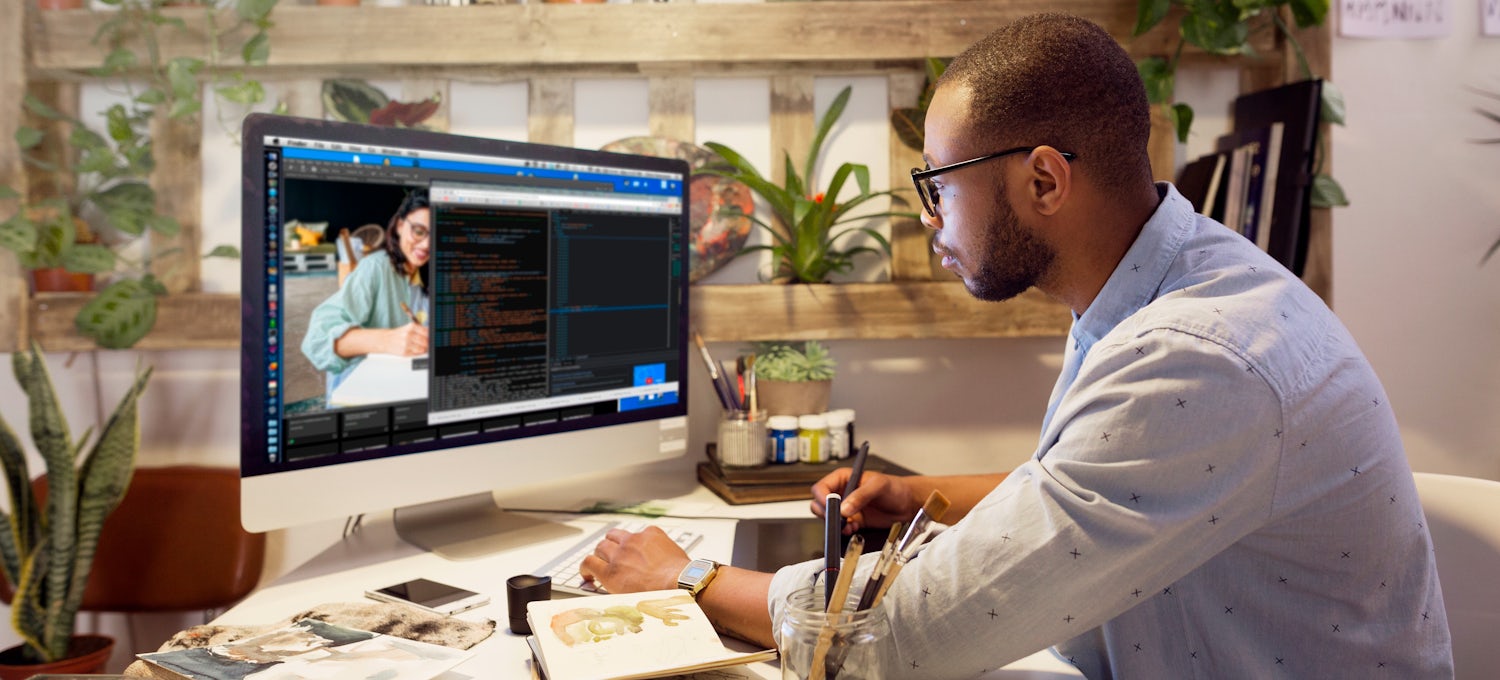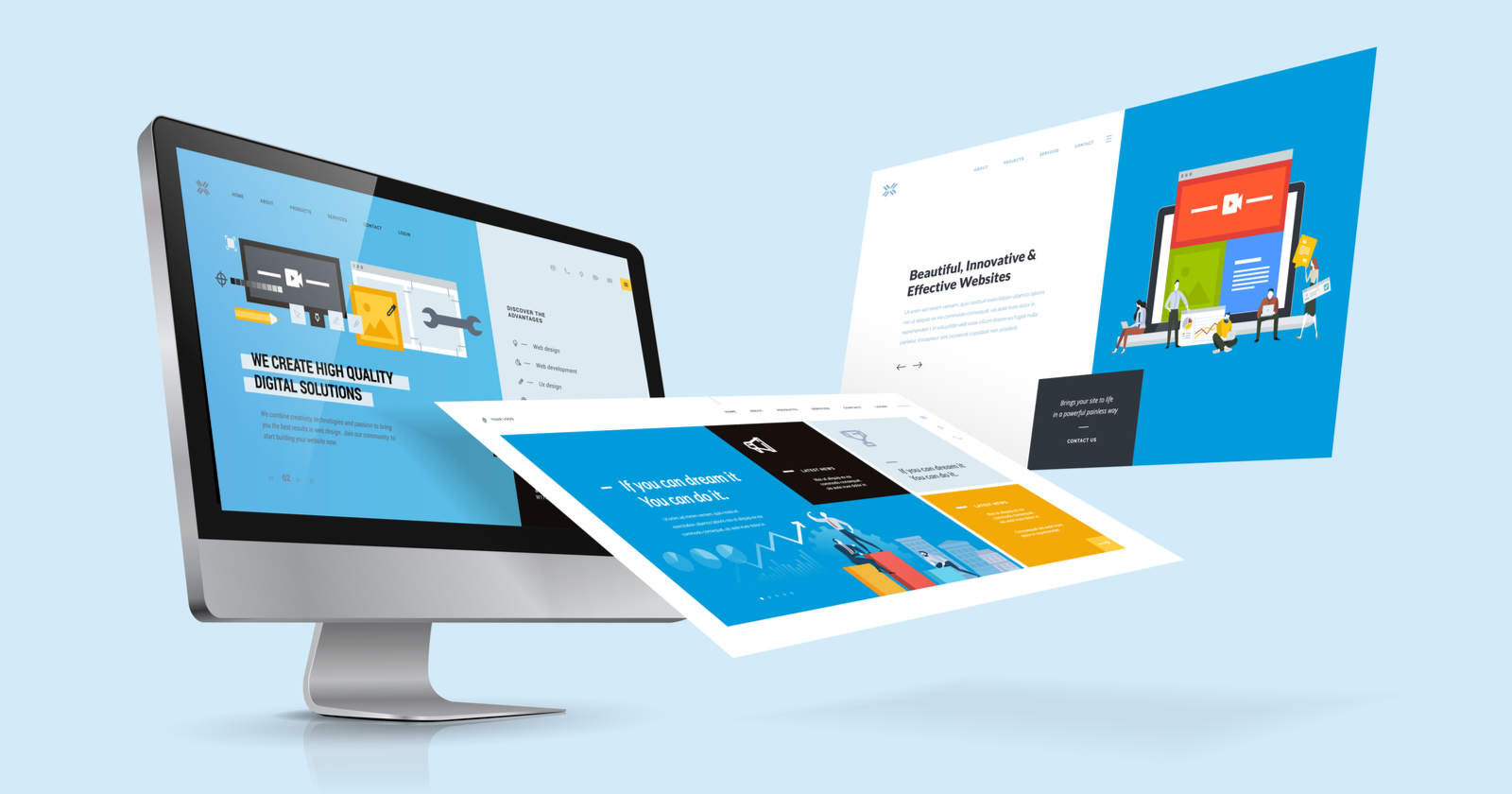Professional Aligned Position Web Design: Custom Websites Tailored to Your Business Needs
Professional Aligned Position Web Design: Custom Websites Tailored to Your Business Needs
Blog Article
The Ideal Types of Web Layout to Enhance Customer Experience and Interaction
In the ever-evolving landscape of digital communication, the efficiency of website design considerably influences individual experience and engagement. Numerous style approaches, such as minimal, responsive, and interactive designs, each offer special advantages that can accommodate diverse customer needs. Recognizing which types of Web design best offer these objectives can be essential for services intending to improve consumer satisfaction and retention. The inquiry remains: which style components truly resonate with individuals and foster purposeful engagement? The exploration of these principles exposes crucial insights that might redefine your strategy to Web layout.
Minimalist Web Design
As digital landscapes become increasingly cluttered, minimalist website design has actually become an effective strategy to boosting customer experience. This layout ideology focuses on simpleness, concentrating on necessary aspects while getting rid of unneeded diversions. By using adequate white area, uncomplicated navigating, and a restricted shade combination, minimalist design fosters quality and directs customer interest to vital material.
The core concept of minimal website design is to develop a smooth interaction for users. By reducing cognitive lots, individuals can quickly grasp details without feeling overwhelmed. This straight method not just enhances usability yet likewise encourages involvement, as visitors are more probable to explore a website that is easy and aesthetically appealing to browse.
Additionally, minimal design frequently stresses typography and imagery, utilizing these aspects strategically to share messages efficiently. This concentrate on necessary elements can boost brand identity and produce an unforgettable customer experience. Basically, minimal Web layout is not just a fad; it is a thoughtful approach that identifies the significance of user-centered layout. By stripping away additional components, designers can develop a more engaging, effective, and delightful Web experience for all users.
Responsive Web Design
In today's diverse digital environment, responsive website design has ended up being necessary for producing a smooth individual experience across a wide variety of gadgets. As individuals gain access to sites on mobile phones, tablets, laptops, and desktops, the capacity of a web site to adapt its layout and web content to various screen sizes and resolutions is crucial.
Receptive website design uses adaptable grids, pictures, and CSS media queries to ensure that Web content is presented optimally, regardless of the tool made use of. This strategy not just enhances the visual allure of a web site but also substantially enhances functionality. Individuals are more probable to involve with a website that provides a regular experience, as it gets rid of the disappointment of having to zoom in or scroll exceedingly.
Additionally, online search engine, consisting of Google, prioritize mobile-friendly internet sites in search rankings. By taking on responsive style, businesses can enhance their presence and reach a more comprehensive audience. This method additionally simplifies web site maintenance, as a solitary variation of the site can deal with all devices, minimizing the demand for multiple variations. In recap, responsive Web layout is a fundamental method that boosts user experience, interaction, and total satisfaction.
Interactive Website Design
Responsive Web style prepares for boosting customer experience, but interactive Web design takes this a step even more by engaging individuals in a much more vibrant means - Aligned Position Web Design. By including aspects such as animations, clickable prototypes, and real-time feedback, interactive website design captivates customers, attracting them right into a richer surfing experience
This technique not just promotes engagement but also encourages customers to discover material actively instead of passively eating it. Strategies such as gamification, where individuals make rewards for completing jobs, can significantly boost the moment invested in a website and boost overall satisfaction. Additionally, interactive features can streamline complex info, making it a lot more delightful and digestible.

Incorporating interactive layout components can additionally cause higher conversion prices, as individuals are much more likely to involve with a website that proactively involves them. Aligned Position Web Design. Inevitably, interactive website design transforms customer experiences right into remarkable journeys, guaranteeing that visitors return time after time
Flat Style
Identified by its minimalistic approach, flat style stresses simpleness and functionality, stripping away unneeded components and concentrating on vital attributes. This layout philosophy prioritizes functionality, making certain that customers can navigate interfaces effortlessly and effectiveness. By using a tidy visual, level style removes the clutter commonly located in more ornate styles, thus enhancing individual focus on material and performance.
The trademark of flat design depends on its use bold shades, simple typography, and geometric forms. These components add to an aesthetically attractive interface that is both modern and approachable. In addition, level style promotes a sense of clarity, permitting customers to determine vital actions and information without distraction.
In addition, level style is especially efficient in responsive website design, as its simplicity translates well throughout numerous devices and display sizes. The lack of detailed structures and gradients minimizes filling times, which is crucial for keeping individual engagement. As electronic landscapes continue to evolve, level design remains an appropriate choice for developing easy to use sites that boost general experience. By concentrating on necessary features, level design not just meets individual demands however also motivates smooth interaction, making it an essential element read the article of effective Web layout methods.
Adaptive Website Design
Flexible website design customizes the individual experience by producing numerous dealt with layouts tailored to different screen sizes and gadgets. Unlike responsive style, which fluidly changes a solitary format, flexible layout uses distinctive designs for particular breakpoints, making certain ideal presentation on various platforms. This strategy allows designers to concentrate on the special qualities of each gadget, improving functionality by providing exactly what users need based on their context.
Among the key benefits of flexible Web style is its ability to optimize load times and efficiency. By offering tailored content and images that fit the user's device, websites can decrease information usage and improve loading read here rates. This is specifically valuable for customers with slower connections or limited information plans.

Additionally, adaptive layout facilitates a more controlled and consistent branding experience. Given that developers develop several designs, they can guarantee that the visual elements align with the brand name's identification across different systems - Aligned Position Web Design. This causes a natural individual experience, enhancing engagement and advertising individual retention
Final Thought
To conclude, the integration of minimal, receptive, and interactive website design concepts dramatically improves user experience and engagement. Minimal style fosters clarity and emphasis, while responsive layout makes sure flexibility across various gadgets, promoting accessibility. Interactive design astounds users with dynamic components, motivating expedition and personalization. Collectively, these style approaches add to the creation of straightforward atmospheres that not just improve satisfaction however also drive greater conversion prices, highlighting their critical value in contemporary website design techniques.

Minimalist style cultivates quality and emphasis, while responsive design guarantees versatility throughout different tools, advertising accessibility. Jointly, these design comes close to add to the production of user-friendly environments that not only improve complete satisfaction however likewise drive higher conversion rates, highlighting their important relevance in modern Web style techniques.
Report this page